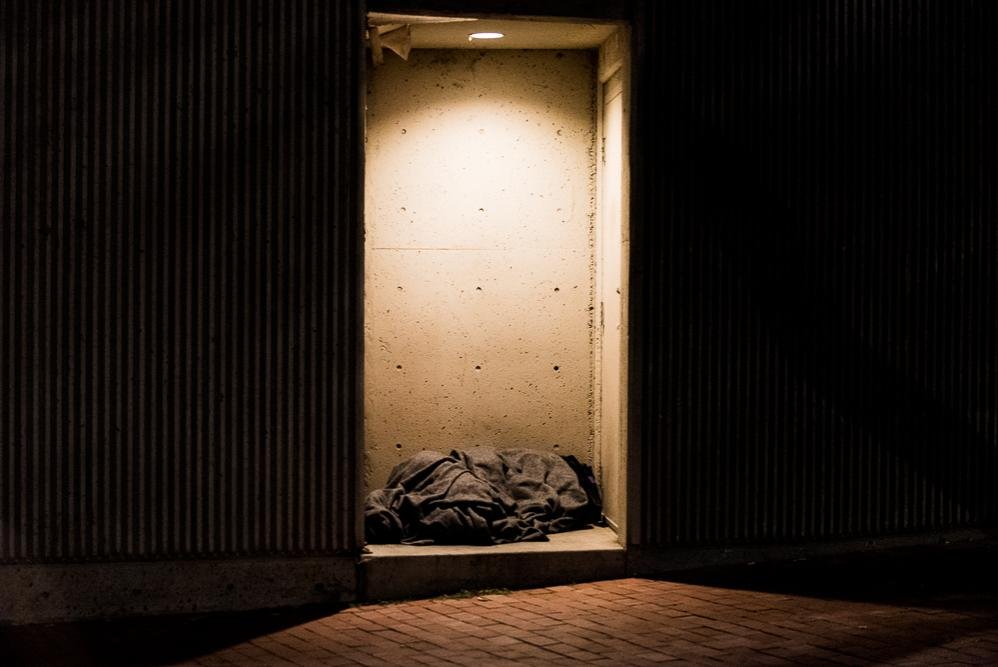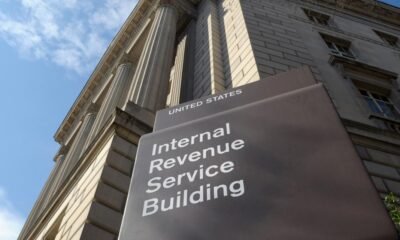Business
Lack of Eviction Data Hides the True Depths of the Affordable Housing Crisis

Evictions highlight the profound challenges within America’s rental housing landscape. Recent statistics reveal that in 2022, over half of all renters dedicated more than a third of their income to housing costs. The consequence? Millions face eviction annually for failing to meet rent obligations.
The fallout from these evictions can be devastating. Families often find their belongings left on the street, unable to pay storage fees to retrieve them. Furthermore, children may experience abrupt school changes. Research indicates that eviction can also result in job loss and increased mental health issues.
Data from the Eviction Lab at Princeton University indicates that approximately 3.6 million evictions were filed in 2018, translating to a staggering 7.8 evictions per 100 renter households. While these figures provide a glimpse into the crisis, they fail to encompass the entire scope of the problem.
Available court records tend to provide minimal information, focusing mainly on names and addresses without detailing case outcomes. Importantly, many evictions occur outside the formal judicial system, such as when landlords change locks without legal proceedings.
Jill Naamane, a director at the U.S. Government Accountability Office, emphasizes the limitations of current eviction data, noting the variation in terminology and procedures across different jurisdictions. “There’s virtually nothing on anything that might happen outside of the court system,” she remarked.
Housing advocates argue that to combat the nation’s affordable housing crisis, policymakers require more comprehensive eviction data. Many are urging the federal government to establish a standardized database that includes demographic information on tenants and landlords involved in eviction cases.
Due to the absence of a centralized federal database, the Eviction Lab has emerged as a key resource for eviction statistics. However, this organization heavily relies on court filings. Despite aggregating over 99 million eviction records, it lacks dependable data for counties representing a third of renters.
Camila Vallejo, a researcher at the Eviction Lab, highlighted discrepancies among counties, which complicate data collection. “In one county, they use one software, while a neighboring one might utilize an entirely different approach,” she explained.
Property owners typically initiate the eviction process due to nonpayment or lease violations, beginning with a notification to the tenant before filing a lawsuit. However, court filings don’t always reflect actual evictions. Tenants might vacate voluntarily upon receiving notice, or landlords might withdraw their filings after reaching settlements.
Carl Gershenson, director of the Eviction Lab, indicated ongoing efforts to bridge data gaps. “We’re close to getting a good estimate of how many people are ultimately displaced upon receiving these filings,” he stated.
Scholars suggest that advances in artificial intelligence could facilitate these efforts. Tim Thomas, head of the Urban Displacement Project, noted that existing eviction data has generated significant policy changes. For instance, the CDC’s eviction moratorium during the pandemic was informed by these statistics, successfully reducing eviction filings by over half in numerous cities.
Furthermore, research has illuminated the demographic impact of evictions, revealing that Black women, infants, and young children bear the brunt of these crises. This data has propelled legislation to ensure tenants have legal representation during eviction proceedings. The National Coalition for a Civil Right to Counsel estimates that while 83% of landlords are represented by attorneys, only 4% of tenants have legal assistance.
Colorado Democratic Rep. Javier Mabrey, inspired by personal experience with eviction, has championed measures to protect tenants. His advocacy resulted in a just cause law that limits the grounds on which landlords can evict tenants, recently signed into law by Governor Jared Polis.
Despite instructive data collected by the U.S. Department of Housing and Urban Development on public housing evictions, no comparable dataset exists for private housing. Though Congress mandated a feasibility study for an evictions database in 2020, progress remains stagnant four years later.


















